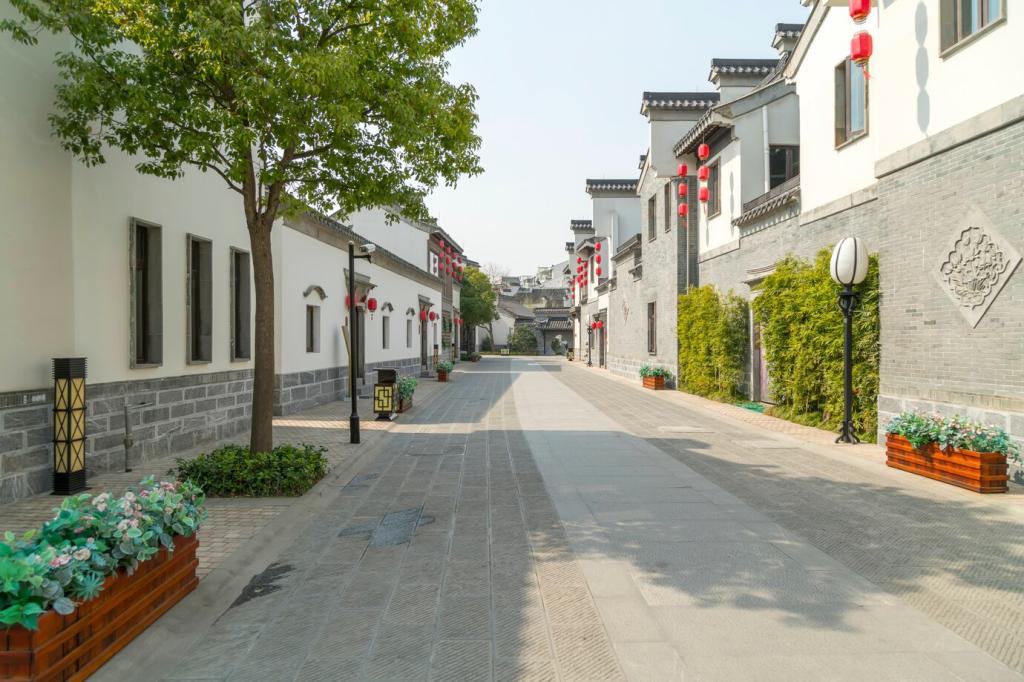
Reimagine Spaces: Upcycling and Recycling in Interior Design
Chosen theme: Upcycling and Recycling in Interior Design. Step into a world where discarded materials become soulful centerpieces, where stories are preserved in grain, patina, and texture, and where every room quietly leaves a lighter footprint on the planet. Subscribe and join our community of creative renovators who believe style and sustainability belong together.
Why Upcycling Matters in Interior Design
Each year, millions of tons of furniture head to landfills, yet many pieces only need a repair, a refinish, or a reimagined purpose. Upcycling diverts waste, saves resources, and transforms forgotten objects into meaningful, design-forward statements that age gracefully alongside your life.
Circular design means designing for longevity, repair, and future reuse. In interiors, that looks like modular shelving, reversible upholstery, and hardware you can update instead of discard. When you plan for change, your home adapts without sending yesterday’s favorites to the curb.
Choosing reclaimed materials can reduce exposure to volatile organic compounds common in new products. Finish with low-VOC oils, water-based stains, and plant-derived waxes. The result is cleaner indoor air, tactile surfaces that invite touch, and a home that truly supports wellbeing.

Start with architectural salvage yards, habitat restores, and local deconstruction projects. Explore community buy-nothing groups, estate sales, and weekend flea markets. Go early, bring measurements, and keep an open mind—great upcycling finds often look ordinary until you imagine their next chapter.
Sourcing Like a Pro: Finding Materials with Potential
Check for structural soundness, hidden rot, and past repairs. Test drawers, inspect joints, and watch for lead paint on older finishes. Measure twice for tight spaces and consider weight if stairs are involved. A careful eye today prevents costly surprises tomorrow.
Sourcing Like a Pro: Finding Materials with Potential
Transformations: Before-and-After Stories
A solid oak door from a school renovation found new life as a family table. After sanding away decades of varnish, we filled keyholes with bowtie inlays, sealed the surface with tung oil, and added powder-coated legs. Now, history hosts dinner every night.
Techniques and Finishes for Upcycled Beauty
Working with Reclaimed Wood
Mill planks lightly to preserve character, but square edges for clean joinery. Stabilize splits with butterfly keys, pre-drill old hardwood to avoid cracks, and check moisture content before assembly. Natural oils enhance grain while keeping the wood touchably alive and repairable.
Textiles: Reupholstery and Patchwork
Choose durable, timeless fabrics like wool blends, recycled polyester, or vintage linens. Strip old foam carefully and evaluate springs for retensioning. Patchwork cushions from offcuts transform scraps into design accents, turning waste into warmth while teaching beginners invaluable upholstery basics.
Metal and Glass Revivals
Remove rust with gentle abrasion or electrolysis, then protect with wax or clear coat. Powder coating refreshes steel frames without replacing them. Cut recycled glass safely, sand edges, and pair with reclaimed wood for side tables that sparkle with sustainable sophistication.
Sustainable Styling: Cohesion Without Compromise
A Unified Palette and Texture Play
Select a restrained color palette that lets reclaimed textures shine—oak warmth, leather softness, and antique brass glow. Repeat tones across rooms, and anchor with neutral walls. Consistency turns a collection of unique finds into a harmonious, intentional interior story.
Balancing Old and New
Pair a timeworn coffee table with crisp, contemporary seating to create visual tension. Keep proportion and negative space in mind so patina reads as richness, not clutter. A single statement piece often speaks louder than a chorus of competing accents.
Light That Loves Patina
Use layered lighting—ambient, task, and accent—to celebrate textures in upcycled materials. Warm LED bulbs soften metal edges, while dimmers add depth at night. Aim small spotlights to graze reclaimed wood, revealing grain and history with theatre-worthy intimacy.
Cost, Value, and Environmental Impact
Upcycling often reduces spending, but factor in tools, finishes, and time. A well-executed project still beats retail costs and delivers craftsmanship impossible at big-box prices. Plan realistically, and your savings will show in both wallet and quality.
Cost, Value, and Environmental Impact
Buyers and guests connect with pieces that carry provenance. A floor from a local gym, a desk from a theater set—stories amplify value. In resale, originality and narrative can outperform generic furnishings, making recycled design both heartfelt and smart.
Join the Movement: Share, Learn, and Grow
Show Us Your Makeovers
Post before-and-after photos, explain your process, and tag your materials’ origins. Real stories fuel our shared library of ideas. Comment with your toughest challenges and we’ll crowdsource solutions while celebrating your sustainable wins together.
Workshops and Monthly Challenges
Subscribe for step-by-step tutorials, live Q&A sessions, and themed challenges—lighting month, textiles month, storage month. Learn from expert makers and bring your questions. Each challenge pushes you to try new techniques and deepen your upcycling practice.
Local Swaps and Deconstruction Days
Organize neighborhood swaps to trade surplus materials and tools. Partner with deconstruction crews to salvage doors, flooring, and fixtures before demolition. Sign up to our newsletter for dates, checklists, and guides that turn community spirit into circular design action.
